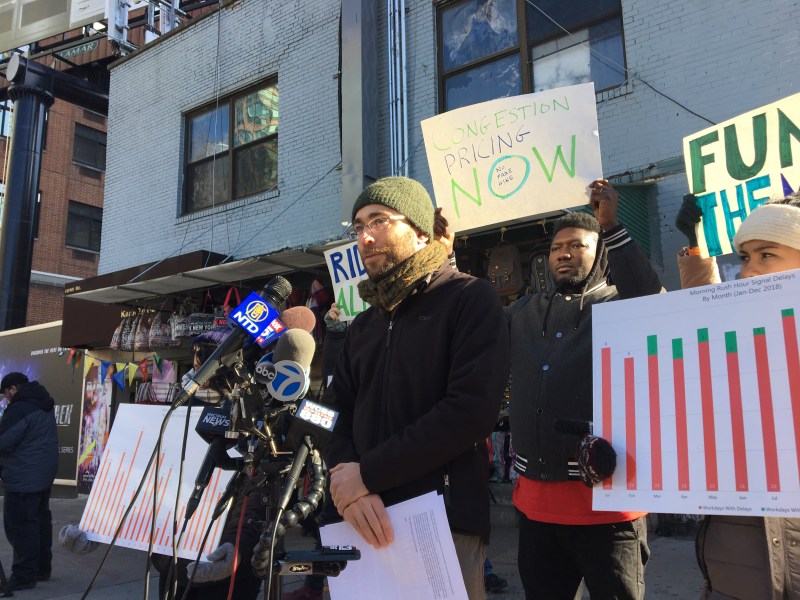Report: Only Eight Percent of Rush-Hour Subway Commutes Had No Delays in 2018

The subways are just as bad as you think — and the aging signal system is to blame, a new report shows.
An analysis released by the Riders Alliance this week found that 92 percent of rush-hour commuting periods in 2018 were marred by signal problems on at least one line that delayed passengers. The current signal system used by most of the subway dates back to the 1930s and often fails, the group said.
“The reality is we can’t fix [delays] without a significant investment in new signals and other modernization,” said Riders Alliance spokesman Danny Pearlstein. “The subway is using technology from the 1930s and until we replace it with a modern system, it’s going to continue to fail, with riders suffering the consequences.”
Most subway lines run on the existing Fixed Block signal system, which does not allow train motormen to know if the train ahead of them has completely pulled out, forcing them to wait before they can fully enter the station. Replacing all those signals with a signal system known as Communications-Based Control is a key part of New York City Transit President Andy Byford’s “Fast Forward” plan.
“The plan, if funded, will modernize the signal system and rest of NYC Transit for decades to come,” said MTA spokesman Shams Tarek.
The L and 7 lines already have the computerized communication-based system, which allows motormen to see the exact location and speed of the train ahead of them, allowing the waiting train to move into the station earlier. As a result, the L train has an on-time rate of above 90 percent. The MTA is currently installing the system on the E, F, M and R lines in Queens.
The MTA recently hired Pete Tomlin, a signaling expert who worked with Byford in both London and Toronto.
The Fast Forward Plan remains unfunded, pending decisions in Albany. Riders Alliance backs congestion pricing to generate the billions in revenue needed to update the signal system.
“The bad news is, the subway is deeply in crisis,” Pearlstein said at a press conference. “The good news is there is a plan on the table to fix it, and now we need the funding from Albany.”
Update: An earlier version of this story had a mistaken headline.





